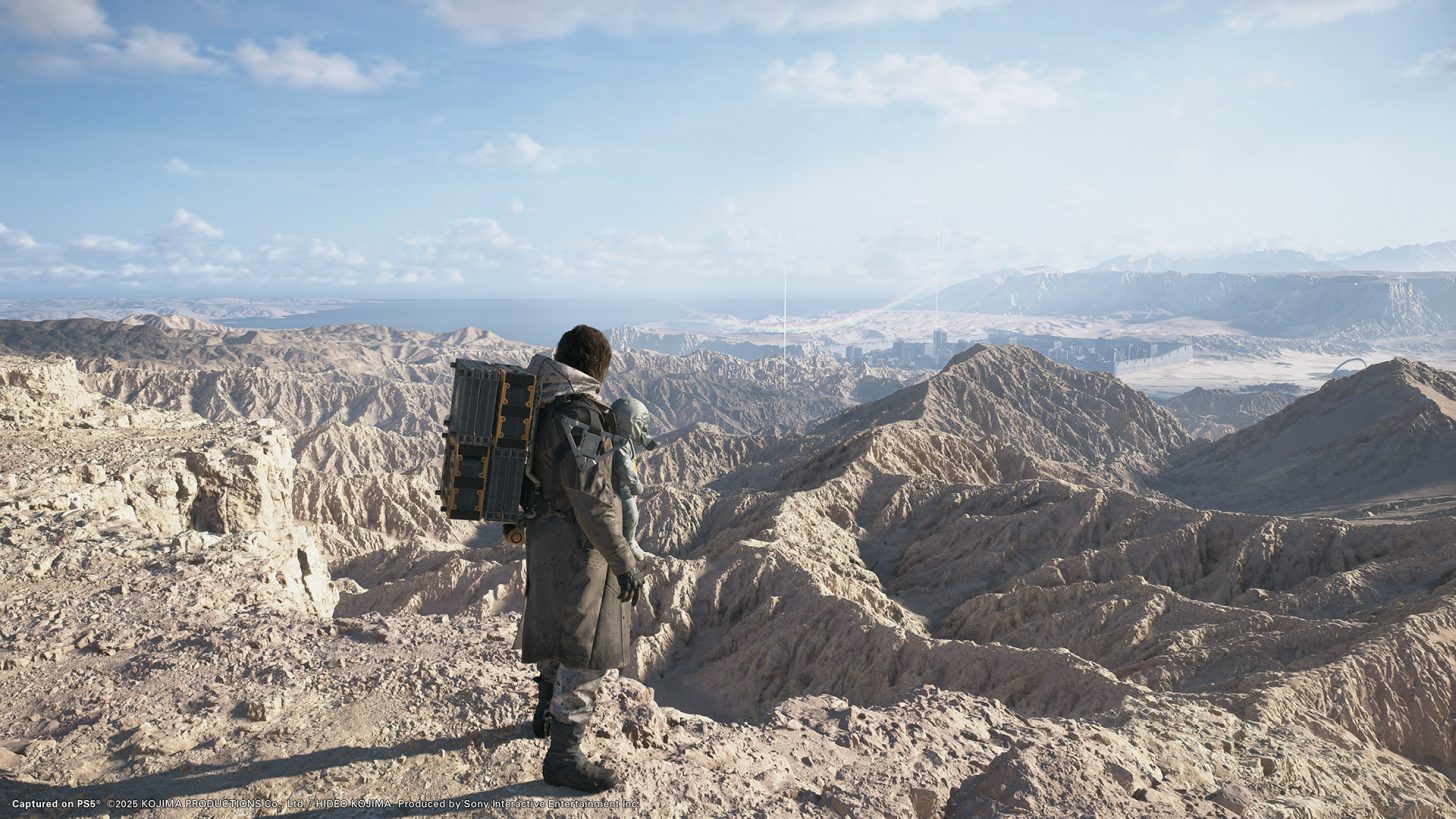The sequel to the critically acclaimed game from Kojima Productions, Death Stranding 2: On the Beach, now features support for the PlayStation 5’s power saver mode. This development has caught the attention of tech analysts due to its intriguing implementation. By cutting CPU resources in half and reducing both CPU and GPU clocks, this new feature aims to minimize the console’s power consumption.
Innovative Power Saver Mode Implementation
Recently, experts from Digital Foundry delved into how both entries in the Death Stranding series accommodate the Power Saver Mode. While the adjustment in Death Stranding: Director’s Cut was straightforward, given that it is an enhanced port from the PlayStation 4, Death Stranding 2 presents a unique case. Reports suggest that the game operates in Performance Mode with a framerate cap of 30 FPS under this mode.
Moreover, the game maintains the same level of tessellation and geometry as seen in Quality Mode, with a resolution up to 1440p, utilizing dynamic resolution scaling. This intricate approach indicates a clever balancing act by the developers to counteract the reduced framerate caused by CPU limitations, all while enhancing certain visual elements.
Preparation for Future Hardware?
The effort Kojima Productions has invested into optimizing for Power Saver Mode brings up questions about the future of gaming on PlayStation platforms. Industry insiders believe this focus is not just for the current generation but also serves as groundwork for future platforms, particularly the rumored PlayStation handheld device. However, it’s important to note that the current Power Saver Mode features do not align with what is expected from a handheld, considering the differences in power consumption and resolution requirements. This showcases how support for Power Saver Mode is largely preparatory for potential new hardware releases.
Other PlayStation 5 titles like the Demon’s Souls Remake by Bluepoint Games are also exploring this operating mode. As developers continue to adapt, we can anticipate more titles incorporating similar features in the future, pushing the boundaries of flexibility and innovation in gaming.
